Introducing bake-off to your store has numerous bottom-line benefits. Aidan Fortune takes a look at how retailers can earn an extra crust
Competition in the convenience sector is tough and retailers need to do all they can to differentiate themselves from their rivals. One way of doing this is to introduce a bake-off display. Arjan Mehr of Londis in Bracknell, Berkshire, who was one of the first UK retailers to realise the potential of food to go and bake-off, says: “Customers will always be intrigued by a food to go offer and it can generate high margins if done correctly.”
Food to go consultant Max Jenvey of Oxxygen Marketing Partnership believes that this sector is an important step in the evolution of the convenience store.
“Convenience retailers need to change their business from CTN and distress purchase models to fresh food stores where customers can top-up shop or purchase an evening meal solution,” he says. “Bake-off is often regarded as a true footfall driver that brings in extra sales and profits.”
However, Jenvey adds that retailers should think carefully before they take the plunge and make sure that bake-off is right for their store.
top tips Golden rules for success
To keep customers coming back, make sure the following golden rules are successfully communicated in your store
Freshness: It’s vital to communicate that the products are baked on site. As well as POS material communicating ‘freshly baked’, baking little and often throughout the day will allow customers to see the products being baked, adding to in-store theatre
Availability: Create a baking schedule for the day to allow yourself to meet peaks in business, such as fresh baking late morning to target the lunch-time trade or on Saturday mornings to tempt ‘weekend treaters’
Quality: Ensure you have plenty of POS materials in the store to establish the quality credentials of baked products. You can also communicate consumption ideas such as ‘great with coffee’; ‘a breakfast treat’ or ‘today’s special’.
source: Oxxygen Marketing Partnership
“There are clear criteria to consider when looking to install bake-off in store,” he explains. “These include: store location; customer demographic profile; the available space and category adjacencies in store; the store operations, such as man hours and the training required to operate a bake-off; and of course the range.”
Martin Food Equipment head of marketing Jennifer Fannin says that bake-off is a great way for retailers to see if a larger food to go offer is right for their store.
“Bake-off can be the easy, consistent, reliable option for convenience retailers looking to initially dip their toe into the waters of hot food to go in-store,” she says. “While not necessarily the most profitable fresh food offer, the margins are good and entirely consistent. Bake-off can be great when executed properly, the rule of thumb being to ensure you train staff thoroughly and cook little and often, merchandise well and not hold too long before selling.”
Fannin adds that consumers are keen for a reasonably priced, convenient food offering and can be satisfied by bake-off products. “Value for money is key with today’s cost conscious consumer who used to be cash rich and time poor,” she says. “Now, consumers are still time poor, but more cash conscious than, say, three years ago, and they will spend money and dismiss cutting back only as long as the food on offer warrants their hard-earned cash. Appetising, wholesome, tasty, freshly prepared food, with a little more appeal to suit the consumer’s ‘mood’ is typically what directs their spend and opens wallets.”
If set on installing bake-off, retailers must give strong consideration to where it will go in the store and what equipment should be bought. Jenvey clears up a common mistake by retailers.
“It’s a common misconception that the back of a store is the best place to locate bake-off; but bake-off products, as with other food-to-go categories, are an impulse purchase so the offer should have an unobstructed view wherever possible,” he says. “The most suitable place to locate the offer is where it’s most visible to the customer, especially when it’s a new introduction to the store. If possible the offer should be located near a till, to reduce the need to have a member of staff dedicated to bake-off.”
Fannin says that the equipment retailers use can make a huge difference to how an offer will be received by customers. “Consider investing in equipment which maximises the visual impact of the food on display, and provides some humidity, which stops food from drying out quickly and potentially prevents waste and loss of profits,” she says. “American and Irish retail convenience stores tend to buy Henny Penny heated display cabinets, which offer both radiant and humidified heat, enabling users to display a mixture of different types of food all in one cabinet for example, pastries and wet items. Also, having a pre-programmable oven which self-cleans at the end of the day is a huge advantage.”
Country Choice marketing controller Stephen Clifford says that retailers need not break the bank when investing in bake-off.
“A basic equipment package to offer a small range of hot savoury pastries will cost in the region of £1,600,” says Clifford. “A reasonably busy store with a good daily display of hot food could generate up to £10,000 gross profit per year. Equipment can be purchased outright or there are rental and lease options available.”
Country Choice recently unveiled an entry-level bake-off concept that takes up a minimal amount of space and can generate up to £4,000 profit a year for as little as 30 minutes’ work a day. Clifford adds that retailers should expect a return on investment quite quickly. “The return is more or less immediate. The speed will, of course, depend on turnover, but all retailers should enjoy profit margins in excess of 45% on their food to go products, so it’s simply a question of how much they sell.”
Top dog
Retailers looking to offer something different when it comes to food to go may like to consider adding an American flavour to their store by tempting their customers with a hot dog, freshly prepared on site.
Food to go supplier Country Choice recently unveiled the Hudson’s hot dog concept. Requiring minimal counter space, it allows retailers the opportunity to offer premium quality hot dogs in their store with minimum effort. All that’s required to make a start is a spare plug socket.
Rollover also has an easy to use hot dog offering for the convenience store sector. It first introduced the concept to McColls stores in 2010 and now has over 600 stores selling Rollover hot dogs. The unit is small enough to fit on a counter and the company also offers free POS materials and full staff training. Rollover sales and marketing director Tony Owen says that the hot dog concept offers profits of up to 40% and that there is very little wastage on the retailer’s part.
Rollover’s equipment is available free on loan and the firm has also launched a tempting promotion to tie in with the new Conan the Barbarian film by offering consumers the chance to win a trip to Hollywood when they buy the limited edition ‘Barbarian Hot Dog’
When considering your offer, it’s important that you find the right market as soon as possible. Bakehouse brand manager Claire Warren says that if a retailer can only focus on one meal occasion, they should make it lunch. “Lunch is the most popular meal eaten away from home, with 27% of consumers having at least one meal per week away at lunchtime,” she says. “In the convenience sector, savouries ‘overtrade’ with this channel, having a 49% share of in-store bakery sales far more than in larger format stores. This trend is set to continue with sales in convenience store formats growing at more than 30% year on year.”
Jenvey recommends starting conservatively and working up, to minimise wastage. “If a retailer is feeling cautious there’s no harm in introducing a small thaw-and-serve offering before moving into a full scale bake-off area,” he says. “Retailers can utilise a small counter-top unit to test the market and build from there; that’s a very low-cost, low-risk entry point.”
Jenvey says that once a retailer gets comfortable with the offer, they can then grow it to suit the demand. “We recommend starting with a very tight core range,” he says. “Base pricing on margins delivering 45% to 65%, although retailers should do a price check first in terms of local competition.”
Jenvey adds that retailers can begin putting together a schedule with different menus for parts of the day. “Once confident about running their bake-off offer a retailer can then consider day-part planning and additional merchandising. On a weekday morning retailers can tempt commuters with a range of indulgent breakfast products such as croissants and Danish pastries,” he says. “Just a simple bake-off offer can entice customers to purchase breakfast en route to work. Mid-morning, capitalise on the growth in coffee culture and offer a promotion linking coffee and sweet pastries. At lunch-time offer quality savoury pastries that are credible meal replacements while not breaking the £5 barrier.”
Clifford says that retailers are spoilt for choice when it comes to ranging and that most sub-categories are profitable. “Breakfast, sandwiches and hot savouries are all doing well,” he says. “Bread and confectionery are a mixed bag. Bake-off tin loaves have been affected by heavy price promotions but rolls and speciality breads are up year-on-year. In confectionery we’re seeing good growth across most categories. Retailers who link to coffee and multi-packs or use off-shelf display units to capture impulse purchases have all seen good uplifts.”

















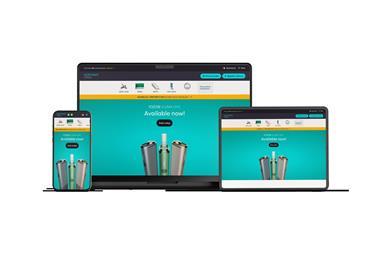
![PLAUK0125 Jacobs The Trussell Trust Portrait[53]](https://d2dyh47stel7w4.cloudfront.net/Pictures/380x253/6/4/1/322641_plauk0125jacobsthetrusselltrustportrait53_125111_crop.jpg)

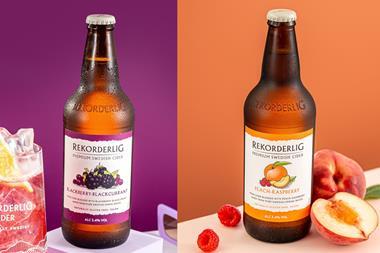



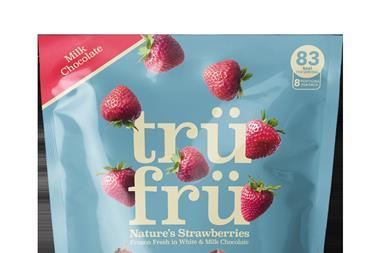
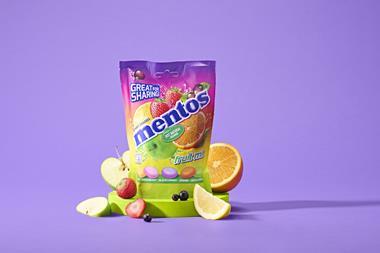
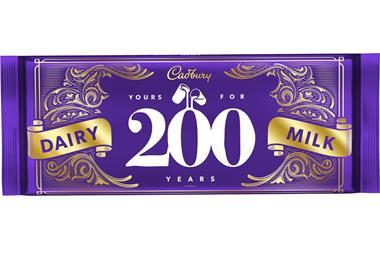
No comments yet